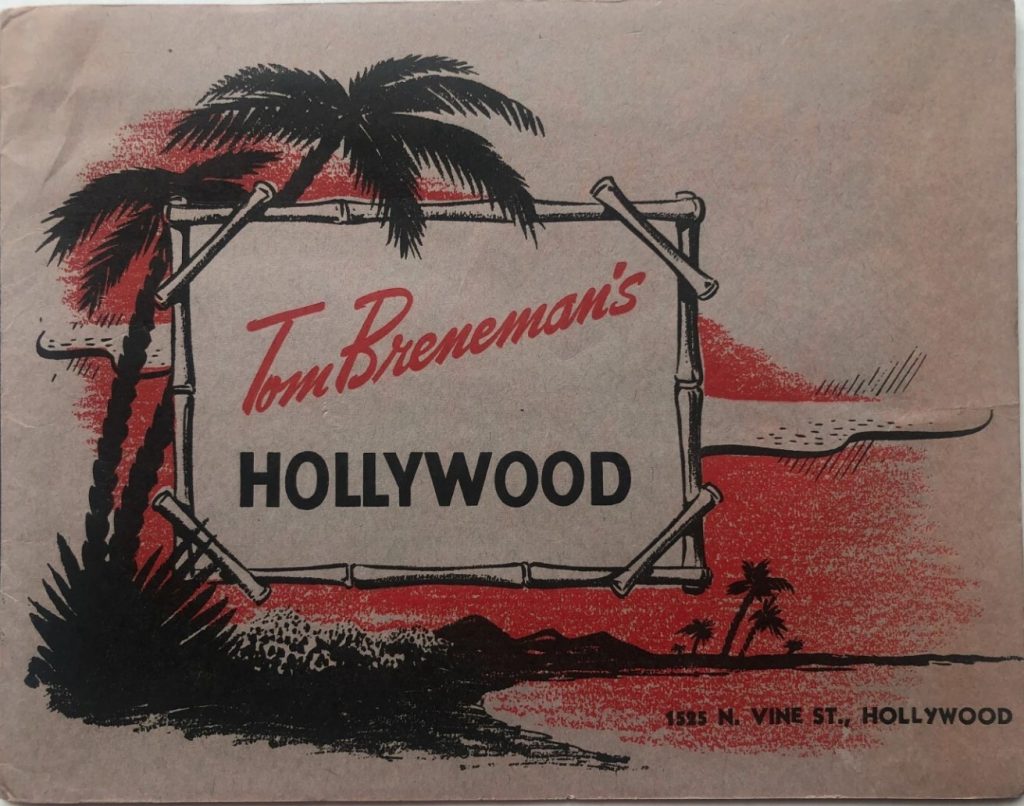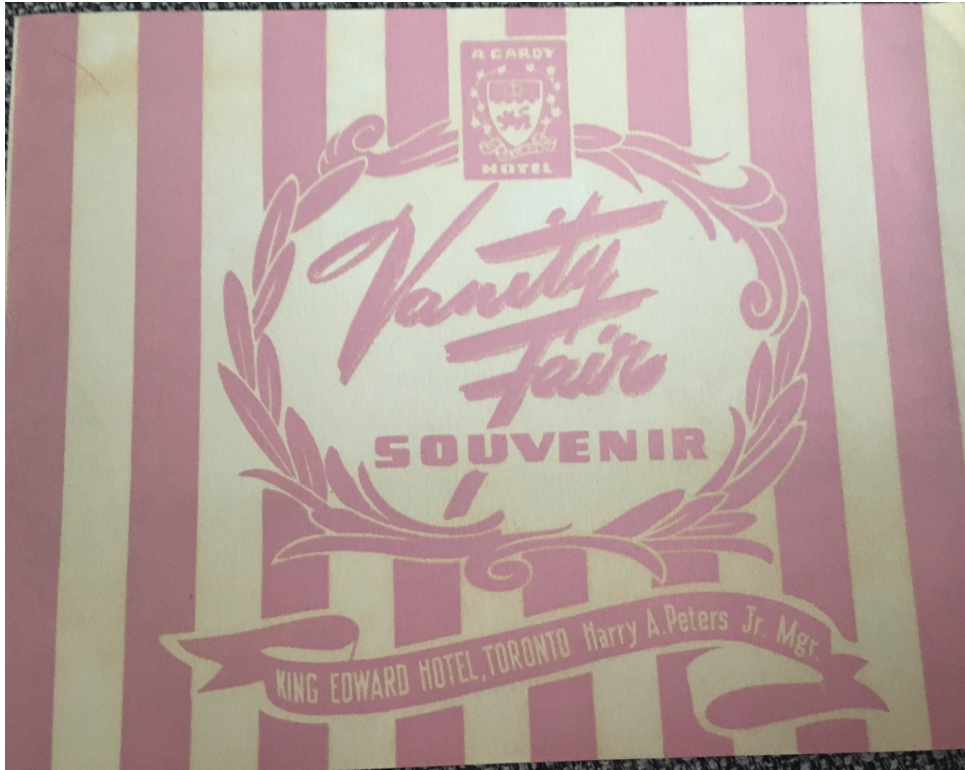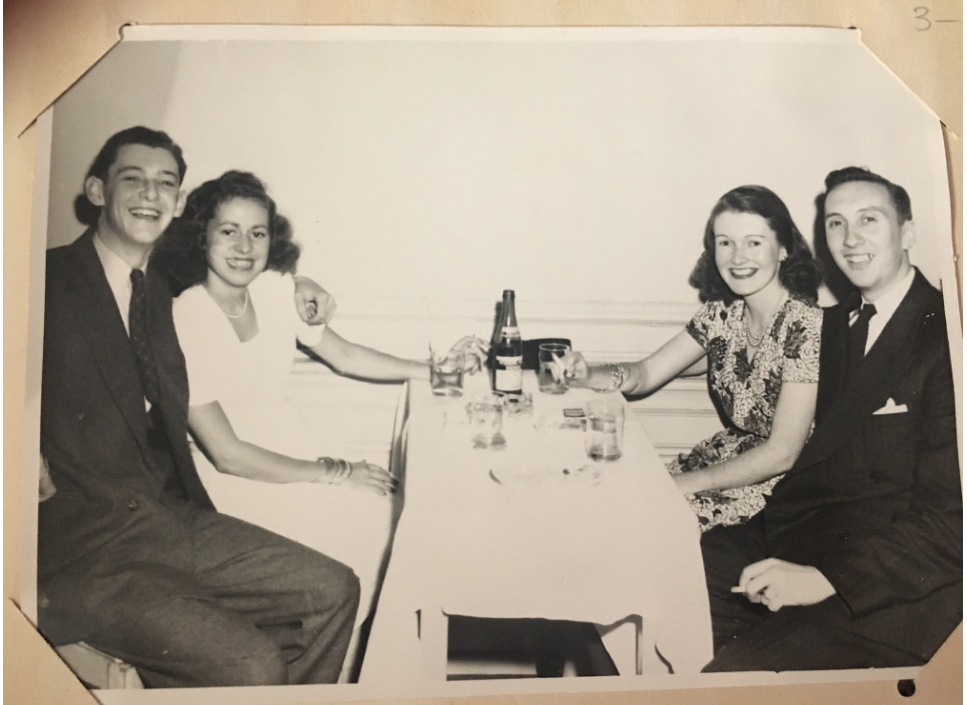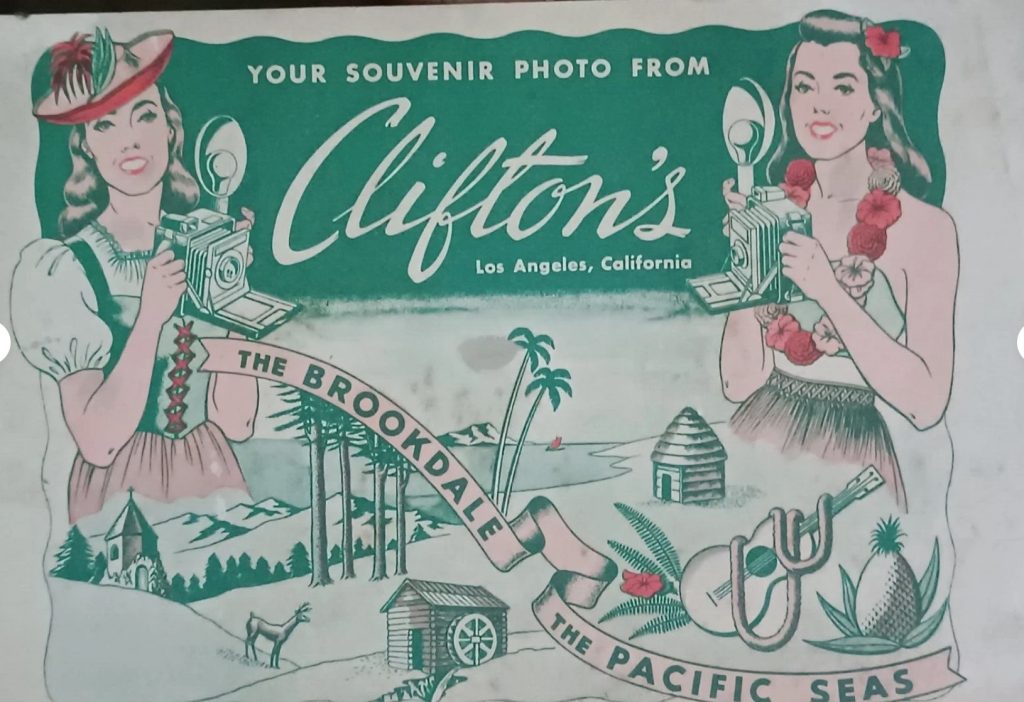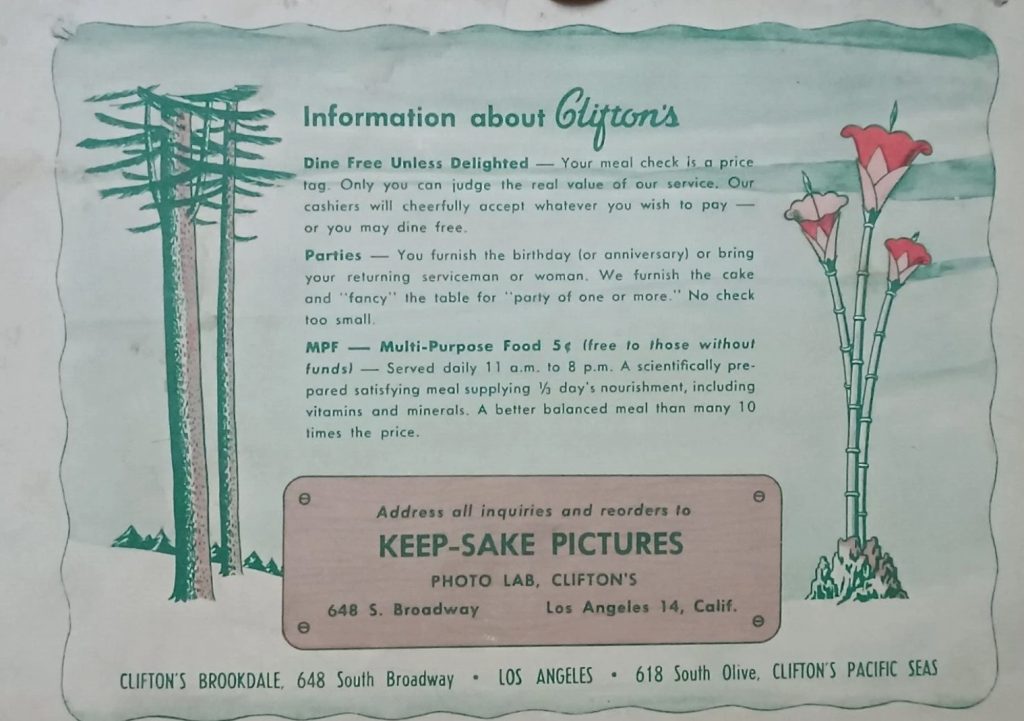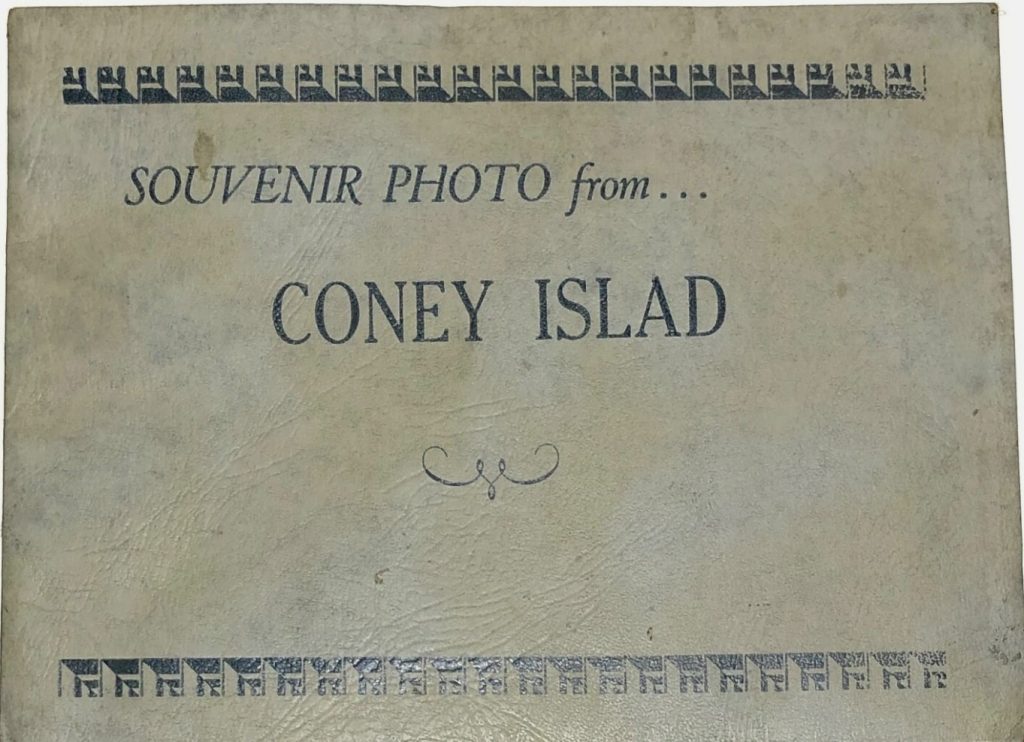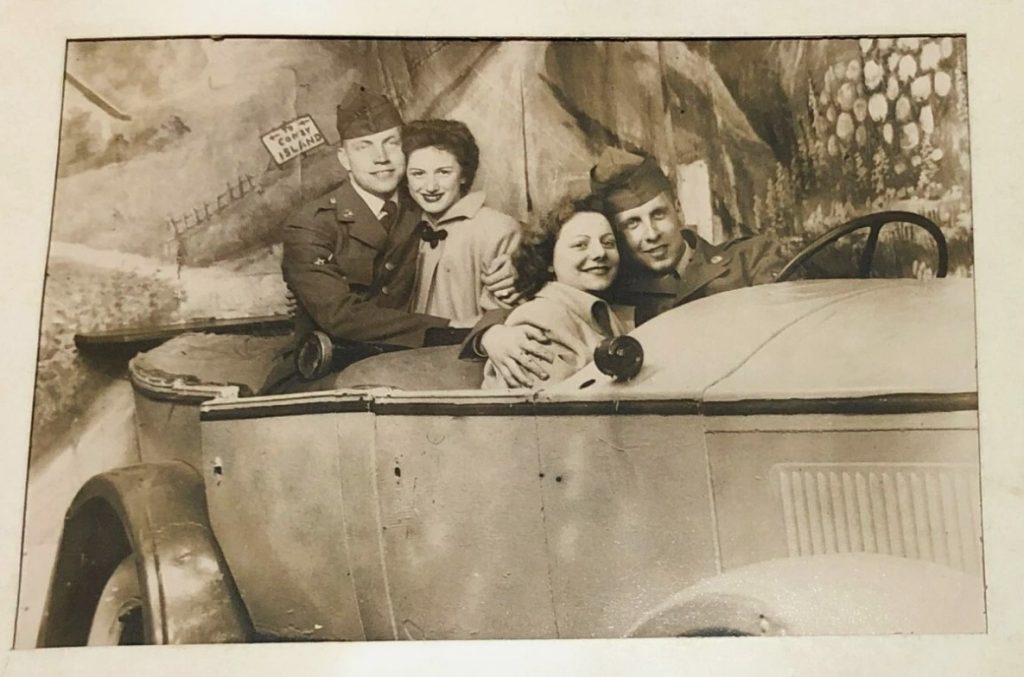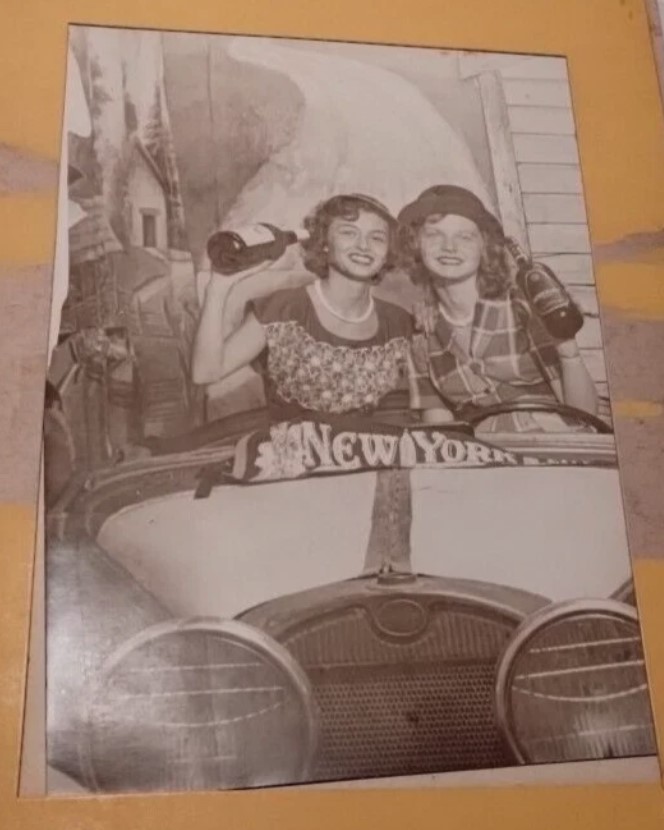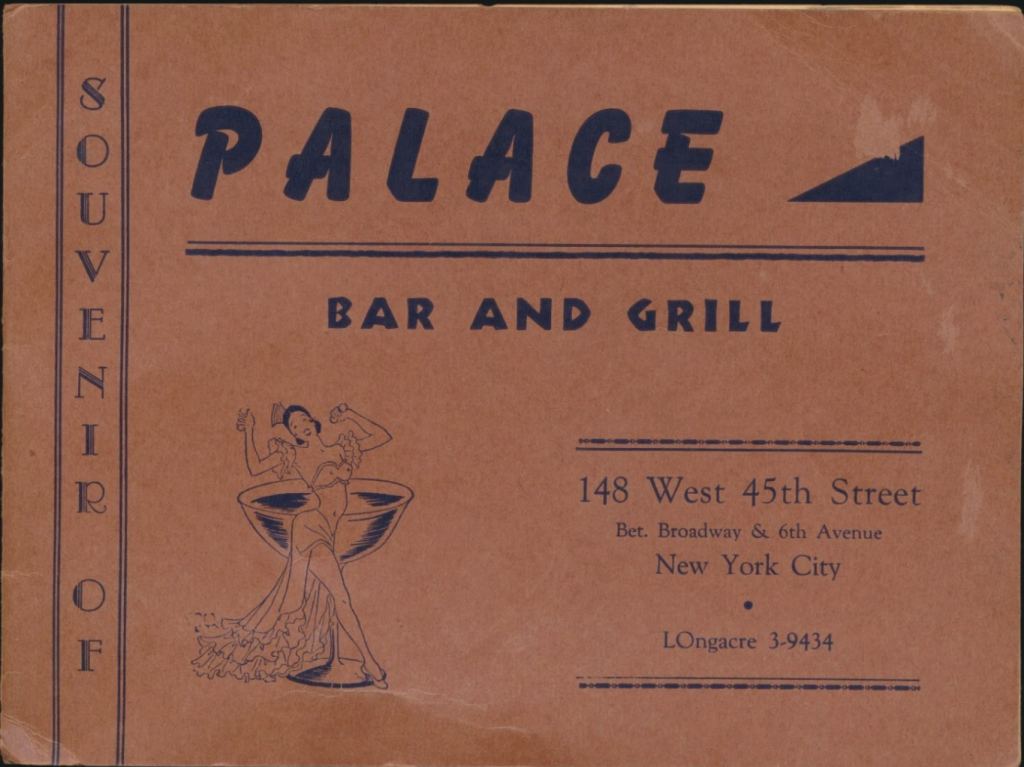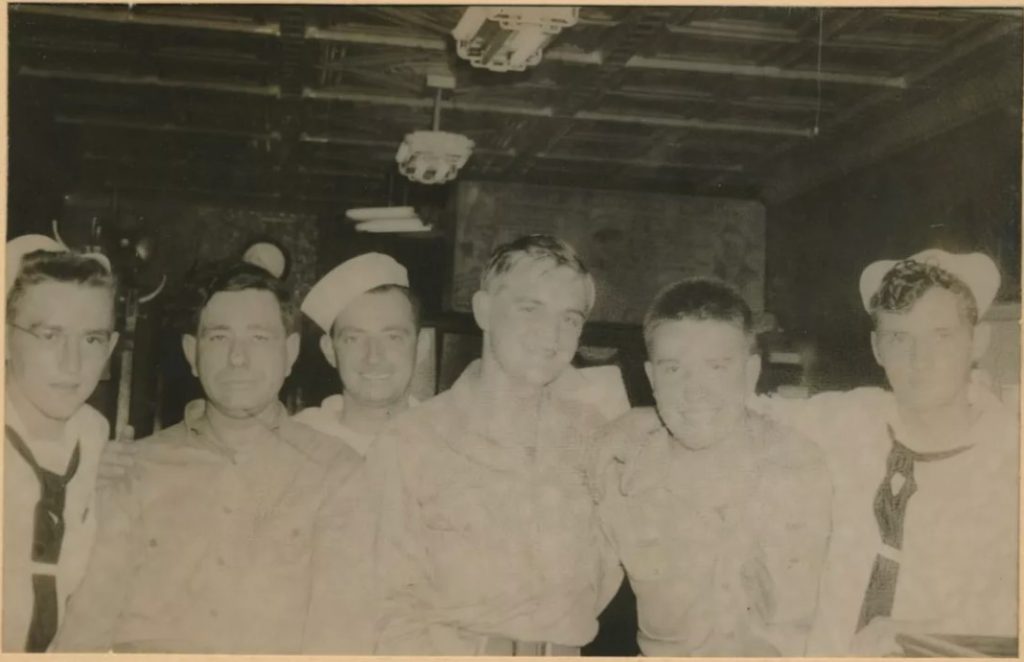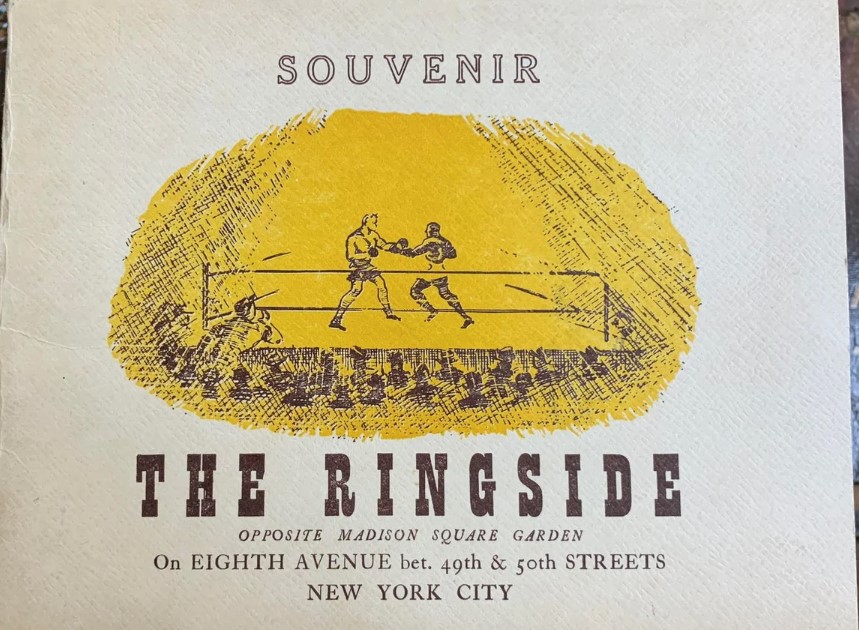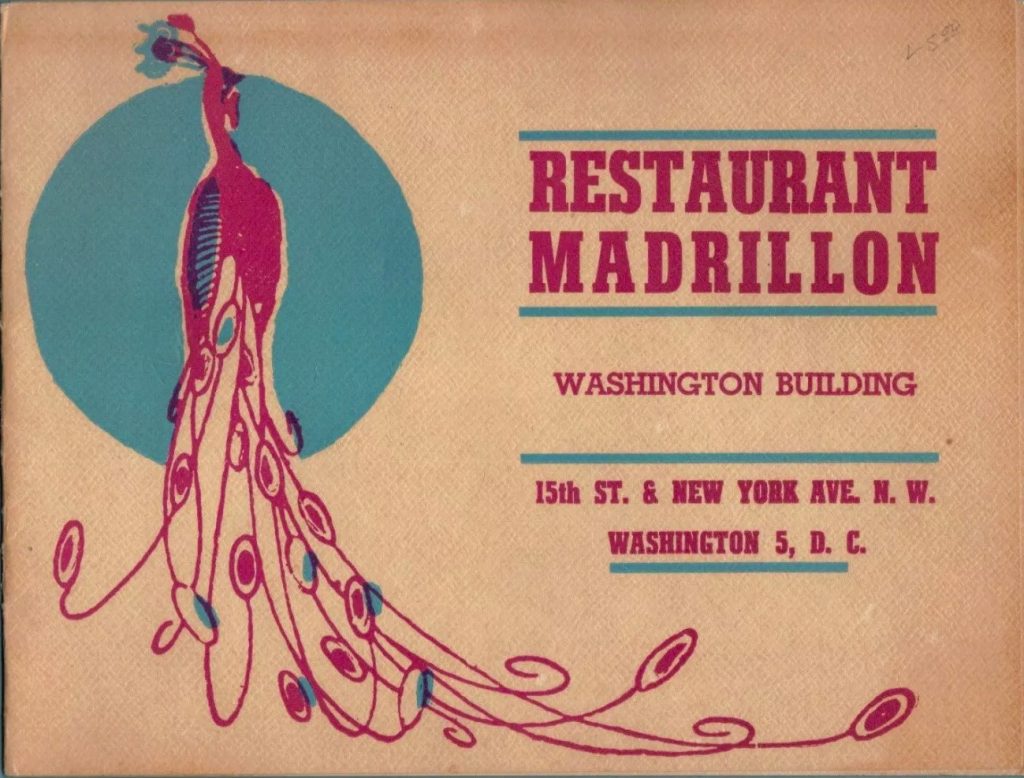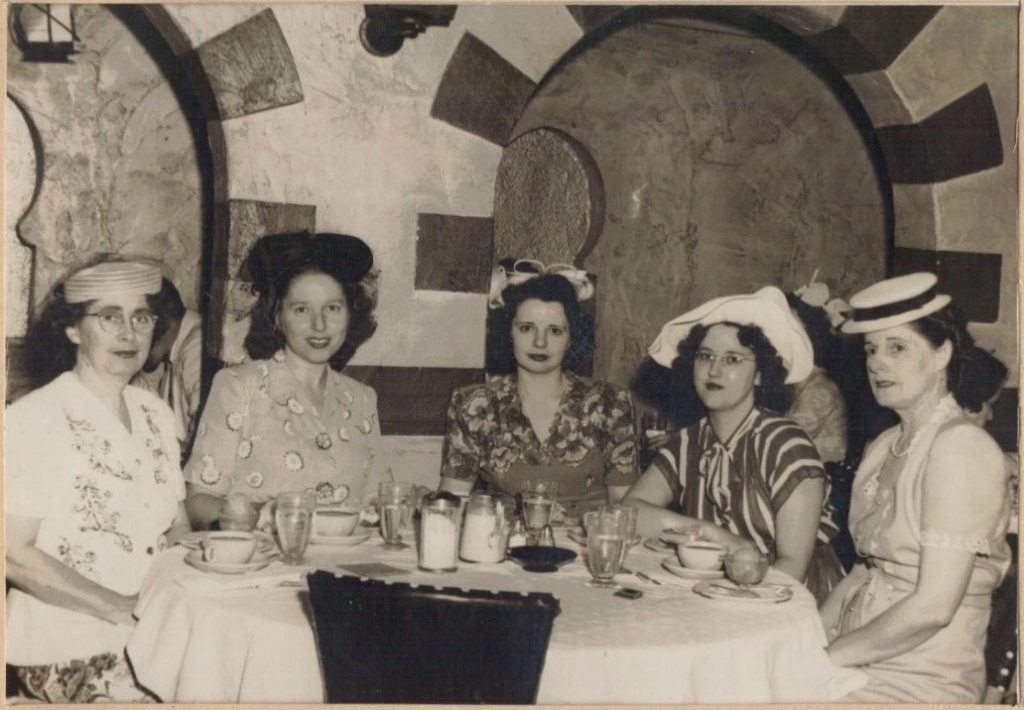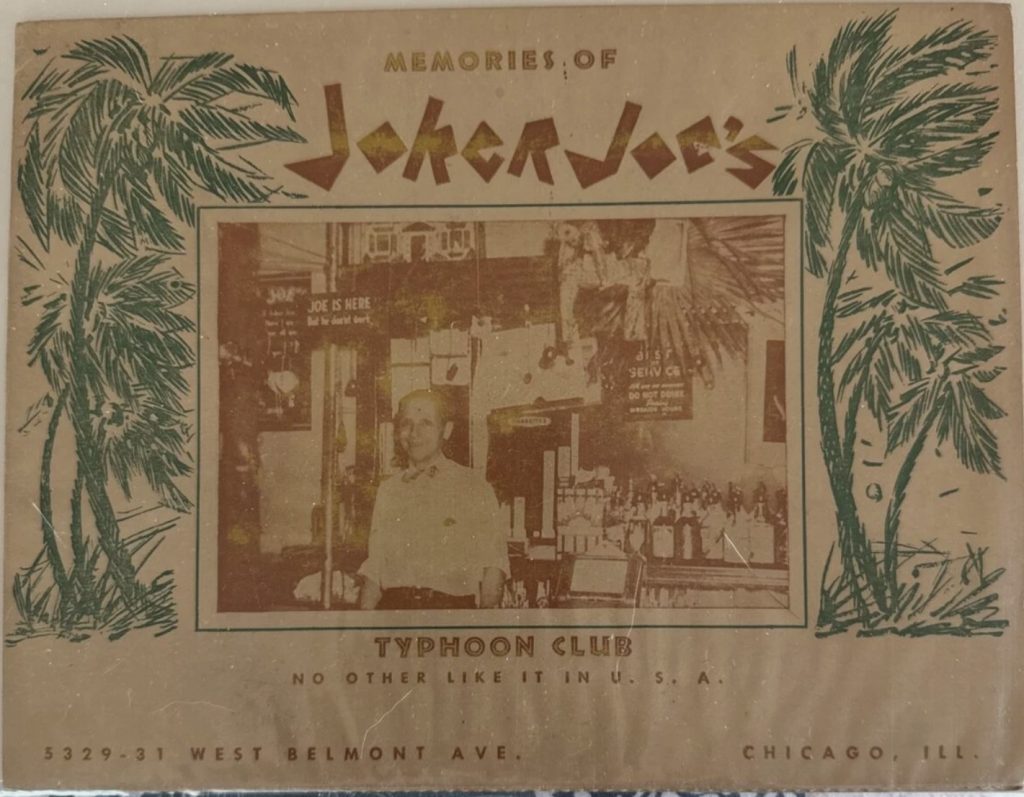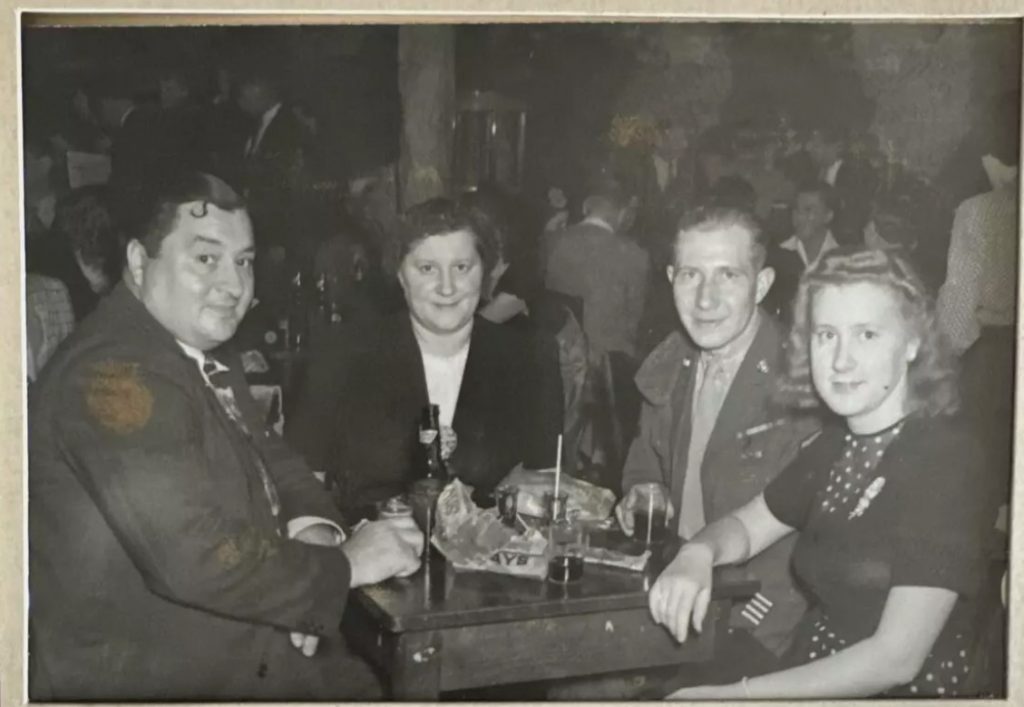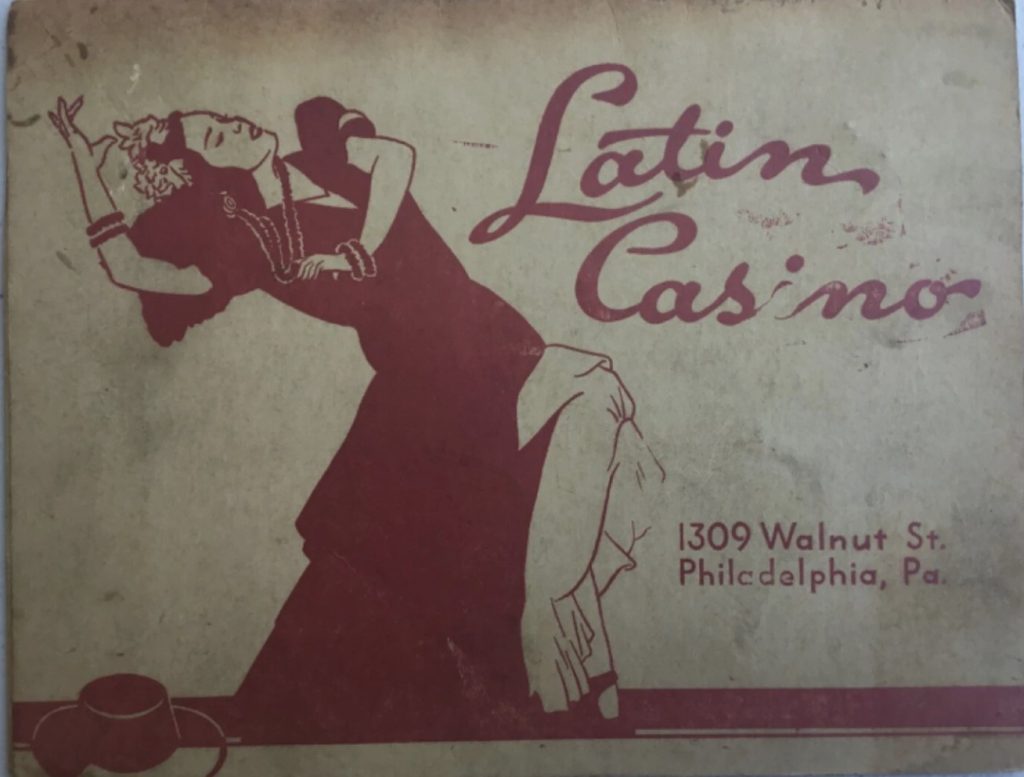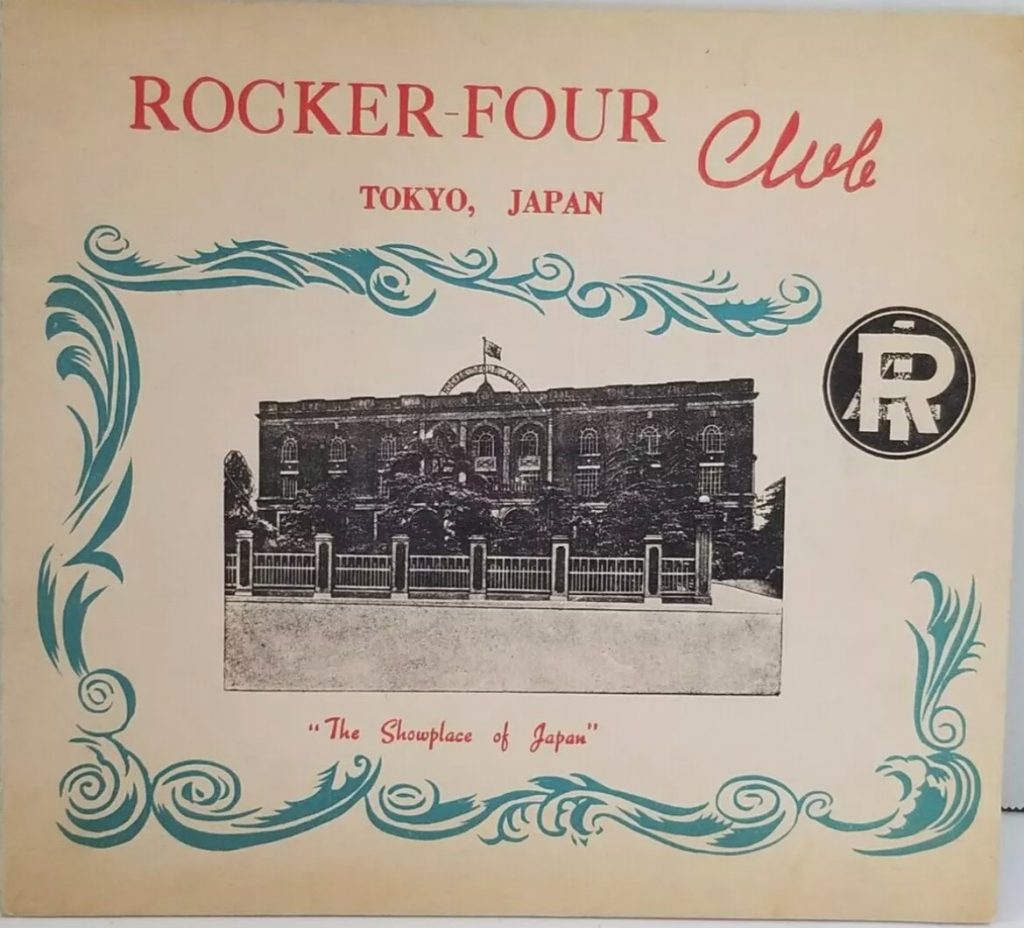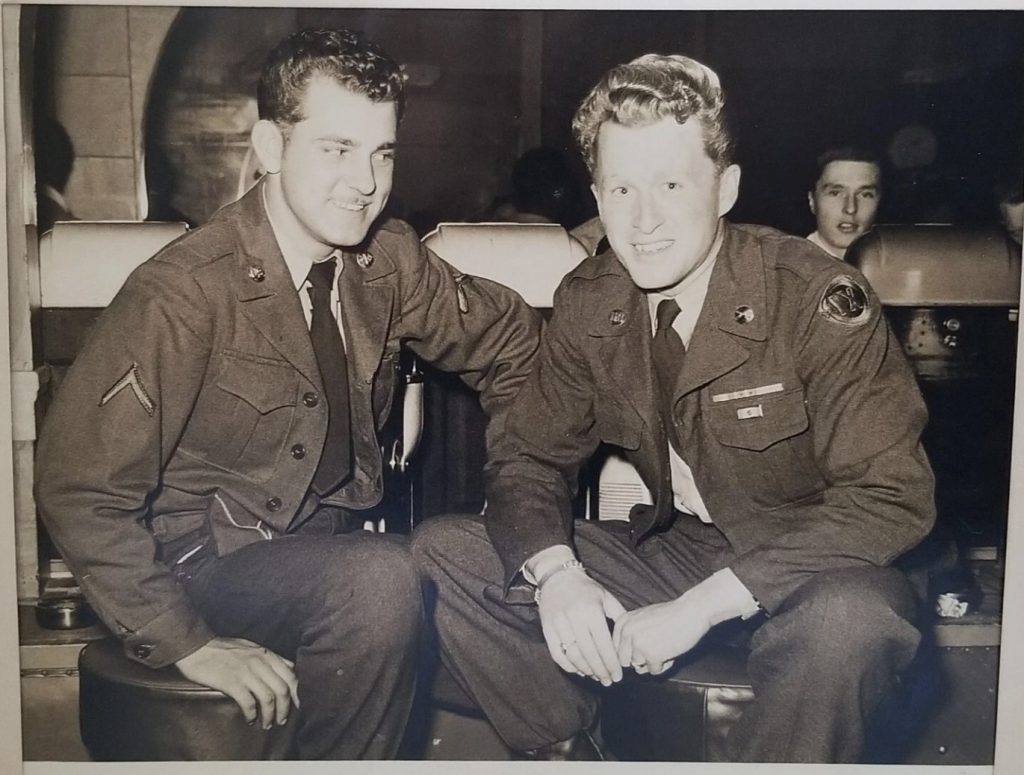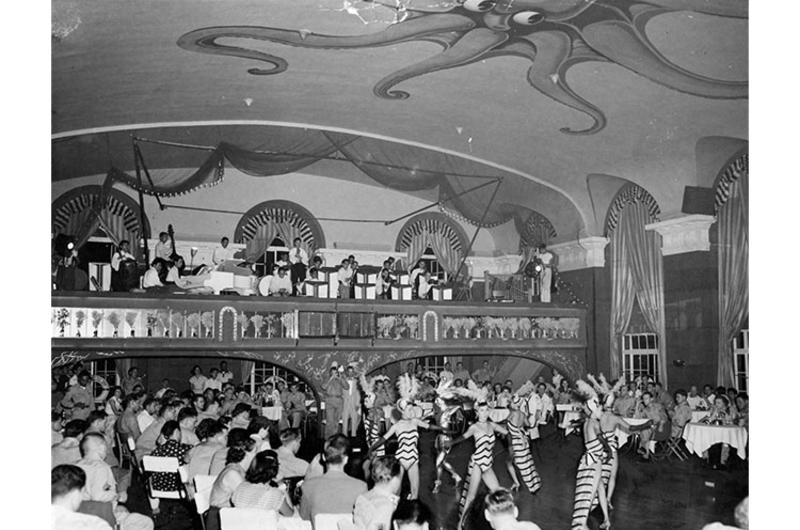In the 1950s and ’60s, few things captured summertime joy quite like a colourful ice cream advertisement. With bold fonts, cheerful taglines, and images of smiling children clutching cones, these mid-century ads were designed to spark both nostalgia and cravings.
In today’s post, we’re diving into the delightful world of vintage ice cream advertising—so grab a scoop and enjoy the sweet ride through the past.
And fun fact: July is National Ice Cream Month! The perfect time to celebrate this cool treat.
1952 Sealtest Ice Cream Vintage Advertisement. Source: Etsy-RelicEclectic
Further Reading: Vintage Food 1920s-1960s (archived posts)
Disclosure: Some of the links on my blog from Etsy , eBay are Affiliate Links, meaning, at no additional cost to you, I will earn a commission if you click through and make a purchase
1950s & 1960s Ice Cream Advertisements
“Here’s our idea of a wonderful ice cream treat…a RAINBOW of flavors!…vanilla, raspberry, lemon-lime! 1959 Sealtest ice cream ad. Now this looks good!
Would you eat this? Or HAVE you eaten this? Or as the contest said, “Dream up your favourite flavor combination..name it and win a year’s supply of ice cream” (so what would be your fav?). Share your thoughts in the comments section below.
Source: Etsy-RelicEclectic
1960 vintage ad for ‘Big Dip Ice Milk’ a low in calorie alternative to ice cream.
FACT: Ice milk has a lower milk fat content than ice cream, typically less than 10% compared to ice cream’s 10-20%. This difference in fat content results in a lighter, less creamy texture for ice milk compared to the richer, creamier texture of ice cream (source).
Source: Etsy-maudesartandprints
Almond Butterscotch Royale flavour from Sealtest. 1961 vintage ad.
Source: Etsy-PlentifulPages
1958 Foremost Dairy Vanilla Ice Cream ad. Fun 1950s dessert ideas.
Further Reading: 1950s Dessert Ideas For Your Next Party!

1950s vintage ad for Lady Borden Ice Cream, Black Raspberry flavour. Looks delish!
Source: Etsy-PlentifulPages
1960s vintage advertisement for Borden’s ice cream, peach blossom flavor from 1961.
Source: Etsy-PlentifulPages
1950s vintage print ad for “Dairy Queen Tastes Better” and a ‘fresh-frozen strawberry sundae’. Boy oh boy do I have fond memories of this exact sundae as a kid. So good.
Source: Etsy-VintageAdCorps
1960’s ad for “Choco-A-Dot” Chocolate Ice Milk with Marshmallow by Hawthorn Mellody. How fun. I want a dominos dessert!
Source: eBay
1950s advertisement for Walls “brick” Ice Cream featuring a tutorial on how to keep your ice cream firm (the easy way).
Source: Pinterest
“New Treat! Chocolate ice cream with a bright surprise in every bite!”1955 Meadow Gold Marshmallow Mint flavour ice cream.
Source: eBay
To wrap up this post, I wanted to share a fun photo—not from the era we’ve been focusing on, but a charming snapshot from the 1940s. It features four stylish women in classic summer dresses and fabulous ’40s hairstyles, all enjoying a sweet ice cream treat while holding a Furnas Ice Cream box. You know me—I can never resist a good 1940s photo!
Source: Etsy-thewurdemanstudio
I hope you enjoyed this sweet little post! I know I’m already thinking about grabbing an ice cream—anything with caramel is my go-to. What about you? Do you have a favourite flavour? I’d love to hear your thoughts, so feel free to share in the comments below!
Further Reading:
- Party Foods of the 1950’s
- 1950s Dessert Ideas For Your Next Party!
- Vintage Advertising 1920s-1960s (archived posts)
Thanks for dropping by!
Liz












